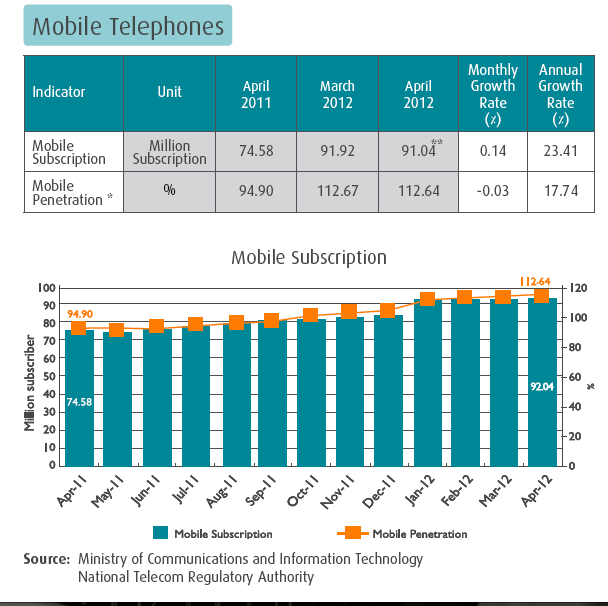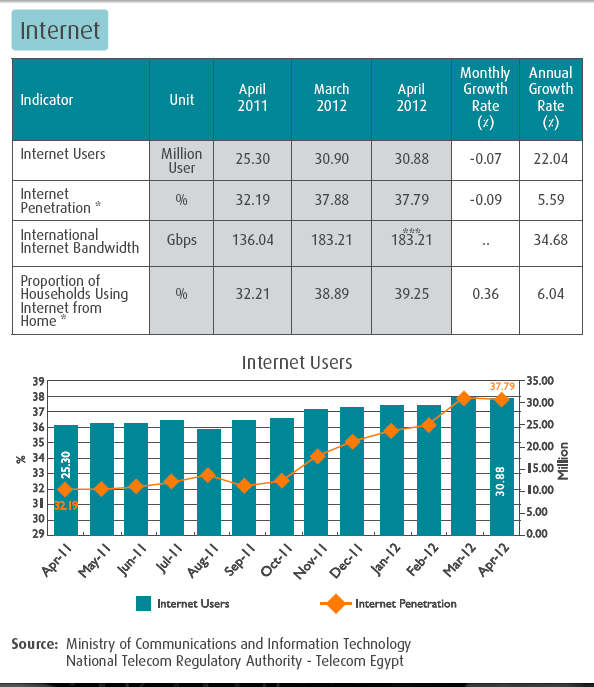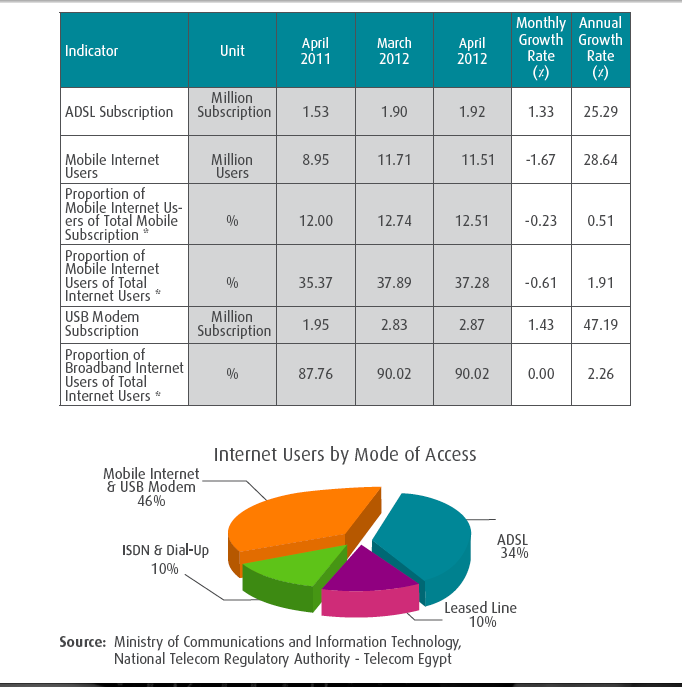Zinoviev wrote for the Communist International to the editors of Communist papers in 1921. He complained that:
Our papers are too dry, too abstract, too similar to papers of the old type. They are made up too much of what is of interest to the professional politicians, and contain very little of such items as would be eagerly read by every working woman, every day laborer, every kitchen maid, every soldier. Our papers contain too many ‘learned’ foreign words, too many long and dry articles. We are too eager to imitate the ‘respectable’ papers. All this must be changed …
A daily Communist paper must under no circumstances concern itself solely with so called ‘high’ politics. On the contrary, three quarters of the paper must be devoted to the every day life of the workers …
Our newspapers have to compete with bourgeois and other newspapers. We must give plenty of good material, well set up and readable … We must systematically think why the rank and file of the working class are attracted by … bourgeois newspapers … We must learn from such papers as the Daily Herald which strives to serve all phases of the life of the worker and his family … Furthermore, we must also introduce something that is peculiarly our own and what the bourgeois and social democratic newspapers cannot give. This is precisely the letters from working men and working women from the factories and works, letters from soldiers etc.
We must develop a new Communist reporter. He must be less interested in the lobbies of parliament than in the factories, shops, the workers’ homes, the workers’ dining rooms, the workers’ schools, etc. He should contribute to the paper not lobby gossip, but reports of labor meetings, descriptions of the workers’ needs, the most concrete information about the rise in the cost of living etc. …
The rank and file appreciate very much poignant sarcasm a vitriolic sneer hurled at the enemy. One caricature which hits the nail on the head is of better use than scores of high flown so-called ‘Marxist’ articles … We must often, instead of the customary official daily editorial, insert a more or less remarkable letter by a worker or a group of workers from a certain factory, or a picture of some workers who have been arrested or the biography of a worker who has been sentenced by the bourgeois courts and who has displayed a staunch spirit at his trial. Less abstractness and more concreteness – that is what is needed in our papers … (Bulletin of the Executive Committee of the Communist International, 1921).



